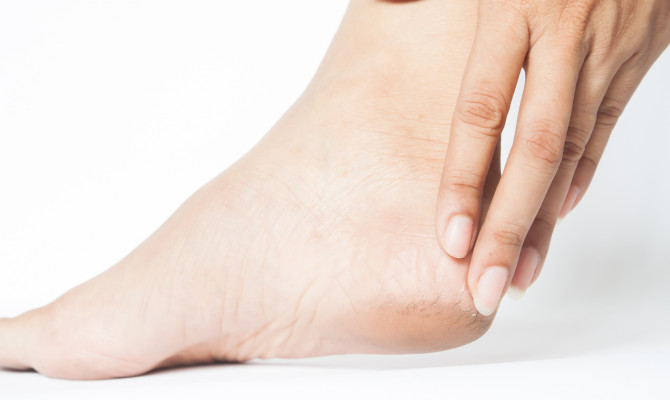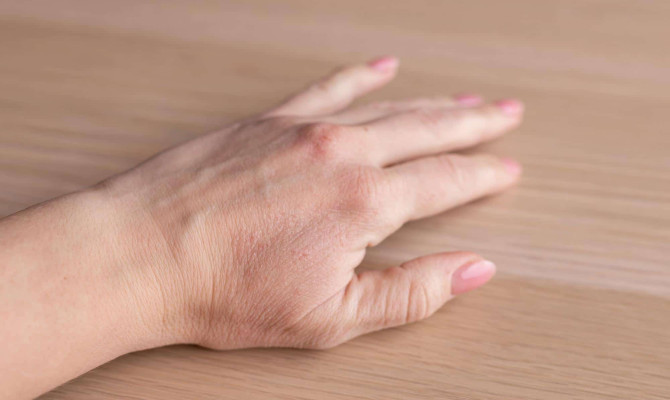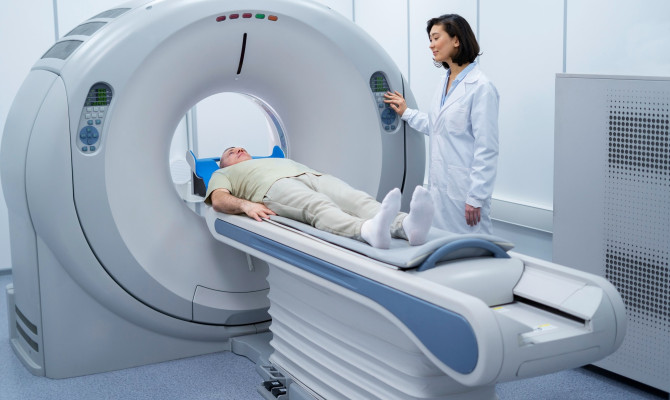Can Mold Really Cause Cancer? The Truth Revealed

- Mold
- 10 Oct 2023
Introduction
Mold
Our surroundings constantly include mold. It thrives in damp, humid conditions that take root in our homes, workplaces, and even our bodies. While it is often associated with unpleasant odors and unsightly stains on walls and ceilings, it has also been the subject of ongoing health concerns. One question that garnered significant attention is whether mold exposure can lead to cancer. We shall explore the nuanced connection between mold and cancer in this essay. Explore how mold commonly affects indoor environments, the potential toxins they produce, and the scientific studies that have examined the link between them and cancer development. In addition, we’ll talk about its risk factors, prevention methods, and when it could be important to consult a doctor.

Mold
What is Mold?
- A form of fungus called mold is present in the environment naturally. It is a microorganism that exists in various forms and colors and plays a crucial role in breaking down and decomposing organic matter in the background.
- It reproduces by dispersing microscopic spores into the atmosphere, where they can locate favorable circumstances and flourish.
- It commonly appears as fuzzy or powdery growth on walls, ceilings, wood, paper, and food.
- It is known for its ability to break down materials, but it can also pose health risks when it grows endorsed, inhaled, or comes into contact with the skin.
Effects
Effects of Mold on Respiratory Health
- Allergic reactions
- Asthma
- Hypersensitivity pneumonitis
- Chronic bronchitis
- Sinusitis
It significantly impacts respiratory health, mainly when it grows indoors or in environments where people spend a lot of time.
Allergic reactions
- It creates microscopic spores that have the potential to fly. Inhaling spores may cause allergic reactions in certain persons.
- Typical symptoms include sneezing, stuffy nose, itchy or watery eyes, and skin rashes. It can act as an allergen similar to pollen or pet dander.
Asthma
- For people with asthma, mold exposure can lessen their condition. Mold spores can aggravate the airways, increasing the frequency of coughing, wheezing, chest tightness, and shortness of breath. Mold exposure is a known asthma trigger.
Hypersensitivity pneumonitis
- Hypersensitivity pneumonitis is a disorder that can occur in some people after extended exposure to mold.
- Shortness of breath, fever, chills, and other flu-like symptoms can be brought on by this inflammatory lung illness.
- It happens when the immune system overreacts to environmental allergens like mold.
Chronic bronchitis
- Mold exposure can contribute to the development or exacerbation of chronic bronchitis characterized by persistent coughing, increased mucus production and difficulty breathing.
Sinusitis
- It can also affect the sinuses, leading to symptoms of sinusitis such as sinus congestion, facial pain or pressure, and headaches. 2 Health Effects | Researched based study from National Institutes of Health
Mold & Cancer
Relationship Between Mold & Cancer
Ongoing study and discussion surround the relationship between mold and cancer. Here are some critical points regarding it:
Mold toxins
- Mycotoxins, which are harmful substances, can be produced by specific species of mold. Some mycotoxins are carcinogenic in laboratory studies and can contaminate food and indoor environments.
- However, the level of mycotoxins typically found in homes is usually not considered at levels that are a significant cancer risk to humans. 5 Mold & Cancer | Researched based study from National Institutes of Health
Limited human studies
- While there is evidence from animal studies that certain mycotoxins can cause cancer, the evidence in humans is limited and inconclusive. 5 Mold & Cancer | Researched based study from National Institutes of Health
- Mold exposure and the chance of developing cancer have been the subject of epidemiological studies, with varying degrees of success. To prove a definitive correlation, additional study is required.
Respiratory and allergic effects
- It is primarily associated with respiratory issues and allergies, as discussed earlier. These health problems can indirectly impact overall health, but a direct link between mold and cancer remains uncertain.
Individual variability
- It’s critical to understand that each person’s vulnerability to mold and its possible health impacts will be unique.
- Some people may be more sensitive to its toxicity than others, which could influence their health outcomes. 4 Mold & Cancer | Researched based study from Research Gate ,5 Mold & Cancer | Researched based study from National Institutes of Health
Is mold very harmful?
- It can be harmful, especially when it grows indoor and is left unaddressed.
- The degree of how it can be caused depends on various factors, including the type of mold, the extent of the infestation, individual sensitivity or allergies, and their overall health.
Risk Factors
Who is at Risk of Mold Exposure?
Understanding its risk factors is crucial for protecting health and well-being. This section of the article will explore various elements that can contribute to increased mode exposure risk for individuals and the environment.
Vulnerable populations:
Exposure to mold can have negative health impacts on some people. This subsection will discuss vulnerable populations which may include:
Infants and children
- Young children, especially infants, may be more vulnerable to the respiratory effects of mold due to the developing immune systems and smaller lung capacity.
Elderly individuals
- Older adults, particularly those with preexisting respiratory conditions, can be at greater risk of experiencing severe health effects from it.
Immunocompromised individuals
- Those with already weakened immune systems, such as those with cancer, AIDS, HIV, or organ transplants, may be more at risk.
Allergy and asthma sufferers
- When exposed to mold, people with allergies or asthma exhibit more severe symptoms.
Pregnant women
- Mold exposure during pregnancy can potentially affect both the mother and the developing fetus, so pregnant women should be cautious. 1 Risk Factors | Researched based study from National Institutes of Health ,2 Risk Factors | Researched based study from National Institutes of Health ,3 Risk Factors | Researched based study from National Institutes of Health ,4 Risk Factors | Researched based study from Research Gate
Environmental factors:
High humidity
- Mold thrives in environments with high humidity levels. Areas with poor ventilation, water leaks, or flooding are particularly prone to mold growth.
Water damage
- If a building has had water damage—whether from leaks or flooding—and has not been adequately dried out and remedied, mold development is more likely to occur.
A lack of ventilation
- Poor ventilation can cause indoor moisture to condense, which helps mold grow. incorrect cleaning
Improper cleaning
- Ineffective cleaning practices may fail to remove mold spores from surfaces, allowing them to multiply.
Indoor air quality
- The quality of the air indoors can have an impact on the risk of mold exposure. In homes with poor air circulation or filtration, it may become concentrated in the air. 1 Risk Factors | Researched based study from National Institutes of Health ,2 Risk Factors | Researched based study from National Institutes of Health ,3 Risk Factors | Researched based study from National Institutes of Health
Does mold go away naturally?
- It does not typically go away naturally on its own. There are more spores in the environment, and when they come across favorable circumstances like wetness and a food source, they can develop and thrive, which promotes the growth of mold.
- Once it takes hold, new to thrive and spread until the underlying issues causing it are addressed.
Prevention
How do you Prevent Mold?
Preventing mold exposure risk is essential for maintaining a healthy indoor environment. Here are some practical methods to stay away from it and lower your risk of exposure:
Control indoor humidity
- Use dehumidifiers in damp areas of your home basements and bathrooms to maintain low humidity level.
- Rooms that are prone to moisture should be well aired, such as the kitchen and bathroom, by utilizing exhaust fans or opening Windows before and after activities that produce moisture, such cooking or taking a shower.
Address water leaks and damage promptly.
- Repair any leaks in plumbing, troops, or windows immediately to prevent water from seeping into walls, ceilings, or floors.
- In order to prevent mold growth after water damage or floods, try the damaged areas within 24 to 48 hours. Consider using fans, dehumidifiers, and professional water extraction services if needed.
Improve ventilation
- Make sure your home has enough ventilation so that fresh air can flow and lower moisture levels.
- To vent humid air outdoors from bathrooms and kitchens, think about employing exhaust fans.
Insulate and seal
- Seal any cracks and holes in the walls, doors, and windows of your home to prevent moisture from entering.
- Insulate your property properly to lessen surface condensation, which can encourage the formation of mold.
Regular cleaning and maintenance
- Clean and dust your home regularly, as mold spores can settle on surfaces. Pay attention to neglected areas, such as crawl spaces and Attic spaces.
- Replace or clean air filters in HVAC systems regularly to prevent the circulation of mold spores.
- Wash and dry bathroom rugs, shower curtains, and other textiles prone to moisture regularly.
Reduce clutter
- Keep your home neatly organized and clear of clutter since clutter can block ventilation and provide mold somewhere to hide.
Employ materials resistant to mold
- In places prone to moisture, such as bathrooms and basements, use mold-resistant plasterboard, paint and insulation materials when remodeling or building.
Monitor indoor plants
- Be mindful of indoor potted plants; moist soil can encourage mold growth. Water from plant containers.
Use MOLD-resistant products
- In places where mold issues have already existed, think about using mold-resistant paint and primers.
Regular inspections
- Periodically inspect your home for a science of molds, such as musty odors, discoloration on walls or ceilings, and visible mold growth. 6 Prevention | Researched based study from National Institutes of Health
Any feedback on this article?
 This Articles content was accurate
This Articles content was accurate Very Informative Article
Very Informative Article I have a question or a comment
I have a question or a comment
 This article contains inaccurate content
This article contains inaccurate content This article was not helpful
This article was not helpful I have a question or a comment
I have a question or a comment
We appreciate your helpful feedback!
Checkout our social pages
References
-
National Institutes of Health
Risk Factors
-
National Institutes of Health
Health Effects | Risk Factors
-
National Institutes of Health
Risk Factors
-
Research Gate
Mold & Cancer | Risk Factors
-
National Institutes of Health
Mold & Cancer
-
National Institutes of Health
Prevention




































